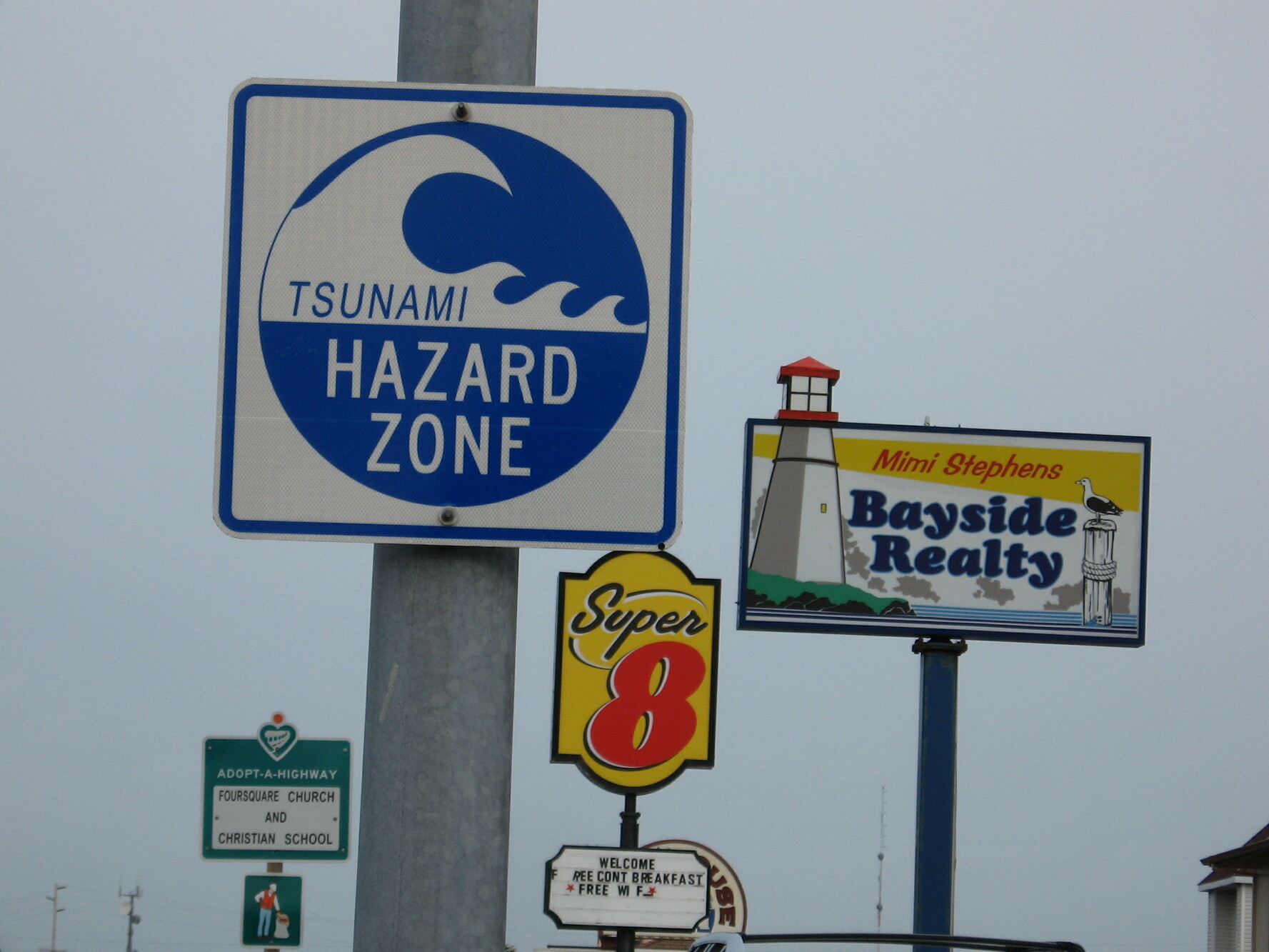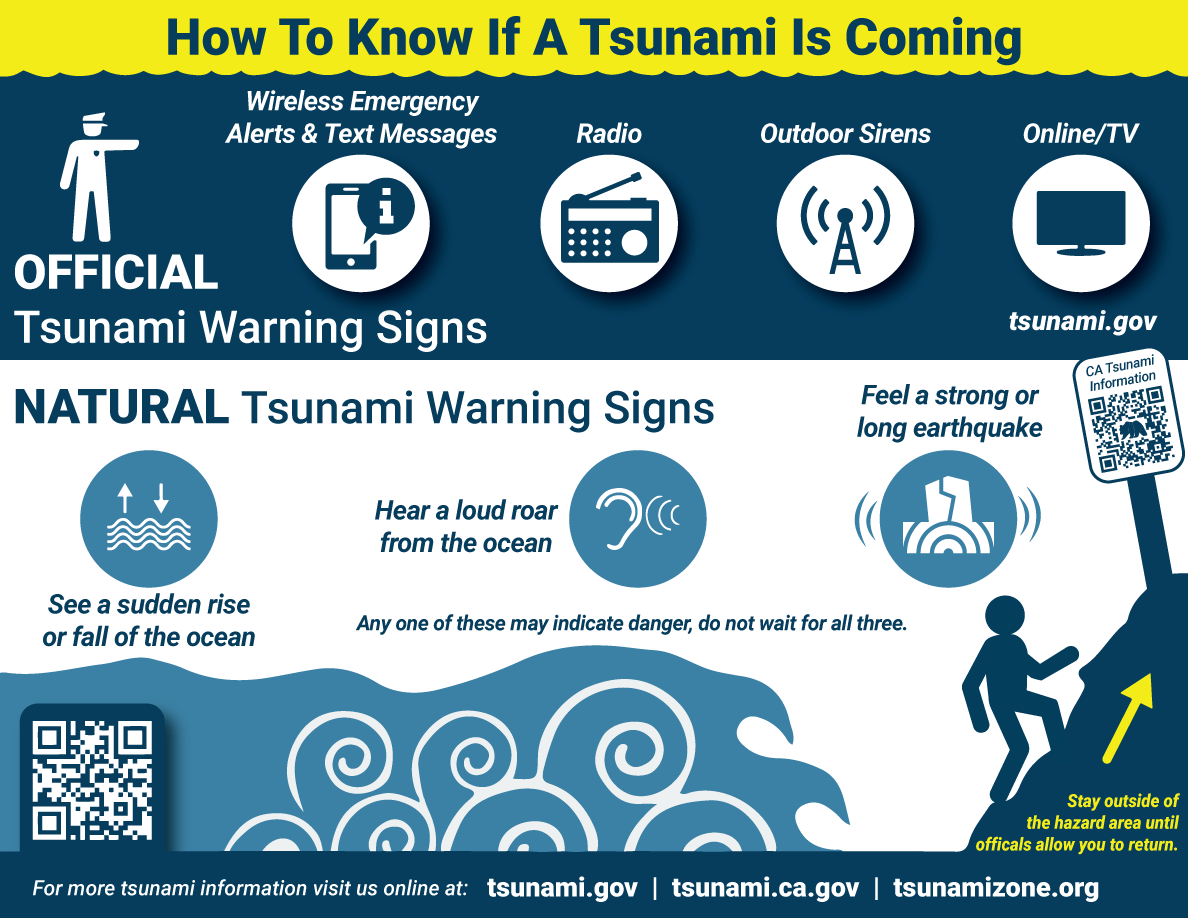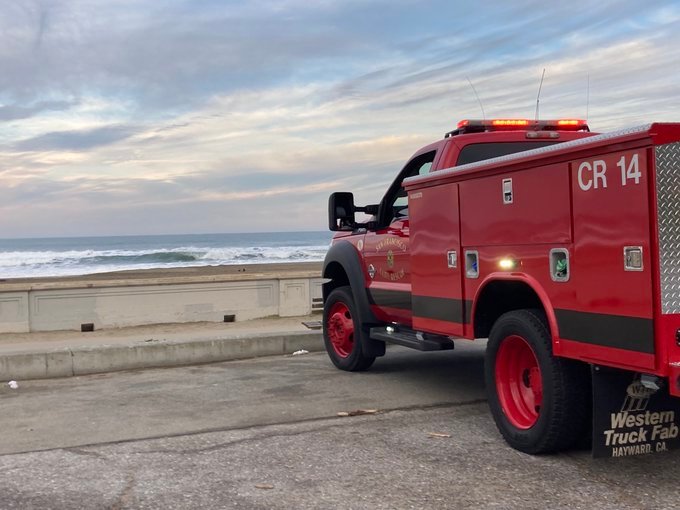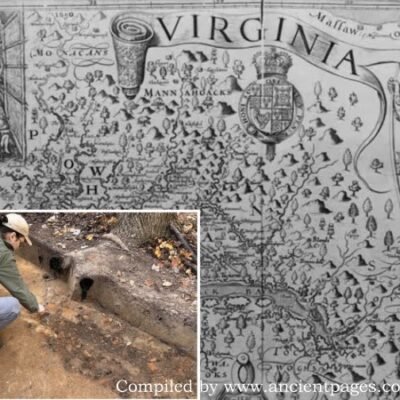She emphasized that residents should use the maps to zoom into specific areas and zero in on neighborhoods with highest risk. For example, in San Francisco, places deemed at high risk from a tsunami include:
- The Ferry Building
- The Palace of Fine Arts
- Fisherman’s Wharf
- Parts of the Marina
- Parts of SOMA
- Parts of the Richmond
- Parts of Outer Sunset
Another example would be the East Bay, where the city of Alameda is labeled as high risk, as well as parts of Oakland. In past tsunamis, places like Santa Cruz have also been hit especially hard.
Your county may also have its own map to assess the tsunami risk where you live or work, including:
If I get another tsunami warning, what should I do?
If you are in an earthquake, take cover
While a tsunami in California could be triggered by an earthquake as far away as Japan, tsunamis can also be caused by more local quakes — meaning you could technically face an earthquake followed by a tsunami in quick succession.
In general, the Bay Area is more likely to see a tsunami triggered by further earthquakes rather than local ones. And despite every Bay Area resident’s anxiety about the “Big One” hitting our region, experts told KQED in 2017 that an earthquake specifically along the San Andreas fault is unlikely to produce a major tsunami due to the type of movement exhibited by these tectonic plates. However, the Cascadia Subduction Zone (PDF) — a fault that stretches from Northern California to Vancouver Island, Canada — could pose a future earthquake and tsunami risk to the state.
If you feel an earthquake, drop, take cover under a structure like a desk, hold onto it and cover your head and neck (PDF). Do not stand in a doorway, since it cannot protect you from falling debris (PDF) — and do not run outside, since you could get hit by masonry and glass (PDF). KQED has a thorough guide on how to prepare for the next big quake.
Even during small earthquakes, if you are near a beach, experts recommend that you run to high ground — like a nearby hill — immediately.

Know your evacuation routes — and how long you have to flee the coast
A large tsunami can flood a coast for a mile inland — and even small ones can cause damage by sweeping up debris that can hit people.
A tsunami that’s been triggered by an earthquake far away could take several hours to hit the Bay. But a tsunami that’s triggered by a local earthquake will begin much faster and could only give you a few minutes to get away from the coast before the wave hits.
The best practice during a tsunami warning is:
To plan an evacuation route, use the Tsunami Hazard Map to determine if you live or work in a hazard “yellow zone” and how far you need to travel to reach a safer “green zone.” Bear in mind that you may need to evacuate on foot if the tsunami has been caused by an earthquake that’s damaged nearby roads.
If you are outside of the hazard zone when a tsunami hits, the good news is that you should be safe — and in fact, officials urge you not to contribute to traffic by trying to evacuate, too.
Once you’re away from the coast, stay away from the coast
Don’t return to coastal areas, even after the first few wave surges — instead, wait for official word that it’s safe to go back. Why: There could be more waves to follow, and it’s hard to predict which wave will be the most dangerous.
Have a disaster kit prepared
This is advice you’ve likely heard when preparing for a wildfire: Have an emergency kit prepared to transport crucial items like food, water, medication and flashlights in the case of a tsunami. This is especially important if you live in a tsunami hazard zone and may not be able to return to your home immediately after evacuation.
KQED has a thorough guide on what to pack in a “go bag” in the case of a natural disaster.
Make sure you are signed up for alerts
Because of the federal Integrated Public Alert & Warning System, emergency alerts — like warnings for disasters — should appear automatically on your phone.
You can make sure these alerts show up on your phone by heading to Settings and then Notifications. Usually, the list of government alerts (like emergency and public safety alerts) are at the bottom of this page. Here, you can opt in and out of these alerts.

Reasons you may not get an alert may be due to your phone being in airplane mode, using a VPN set to a different location or your cell service does not work with the warning system. Read more about troubleshooting emergency alerts on your phone.
You can also sign up for state or county-specific alert system, like:
More tsunami preparedness resources
This story contains reporting by KQED’s Dan Brekke and Katie DeBenedetti.





